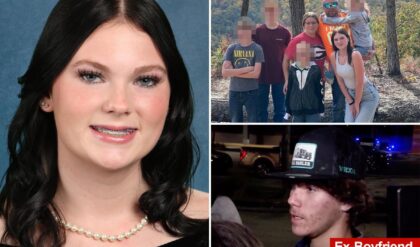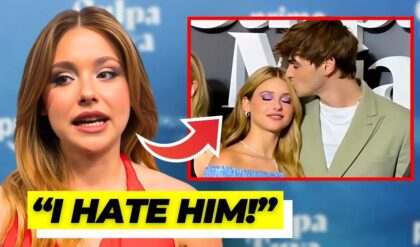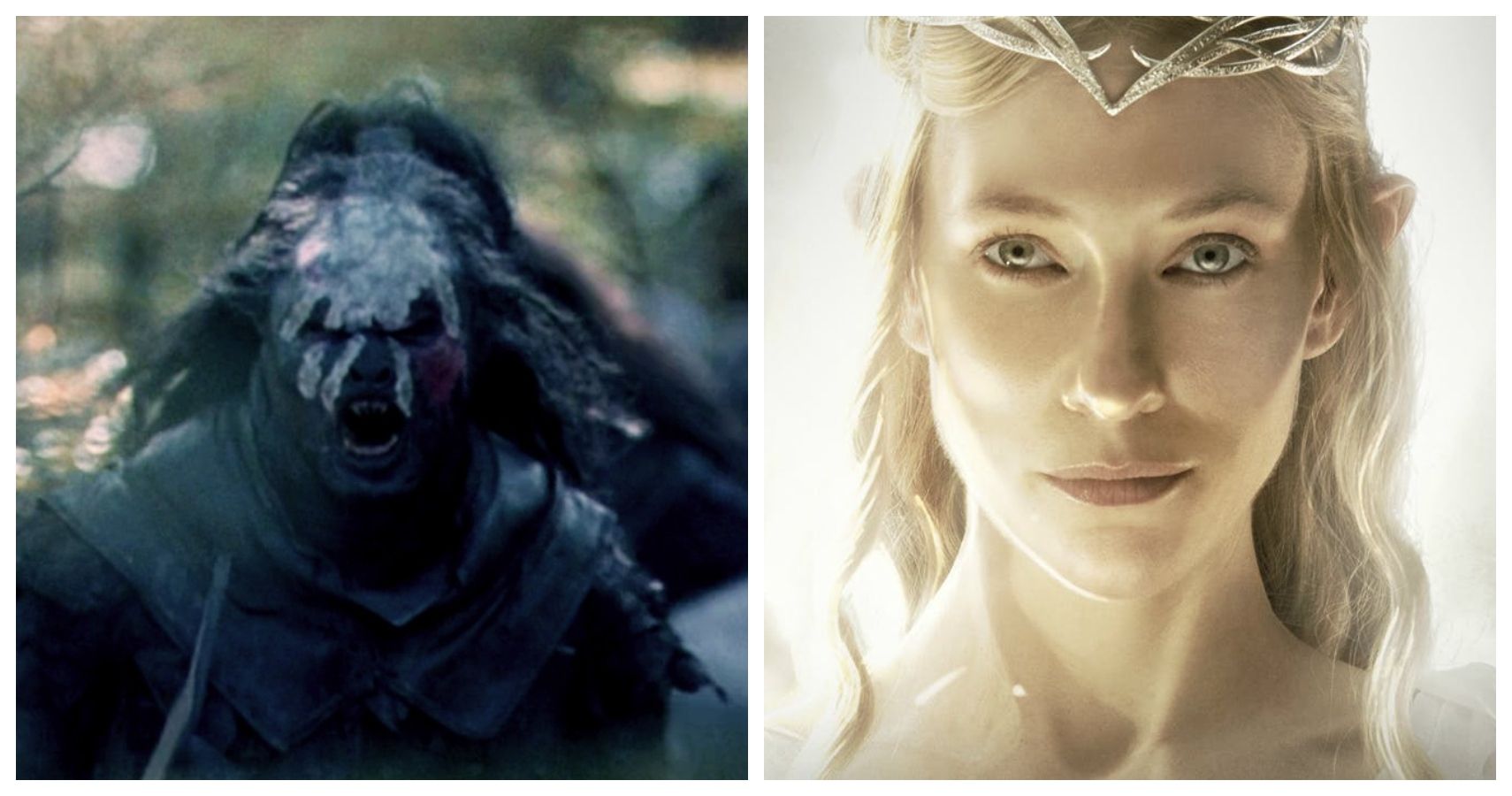
While there are moments when the series did well with representation, there are also times where it fell short. Here are some of the biggest problems with the series.
Sam is essentially Frodo’s servant
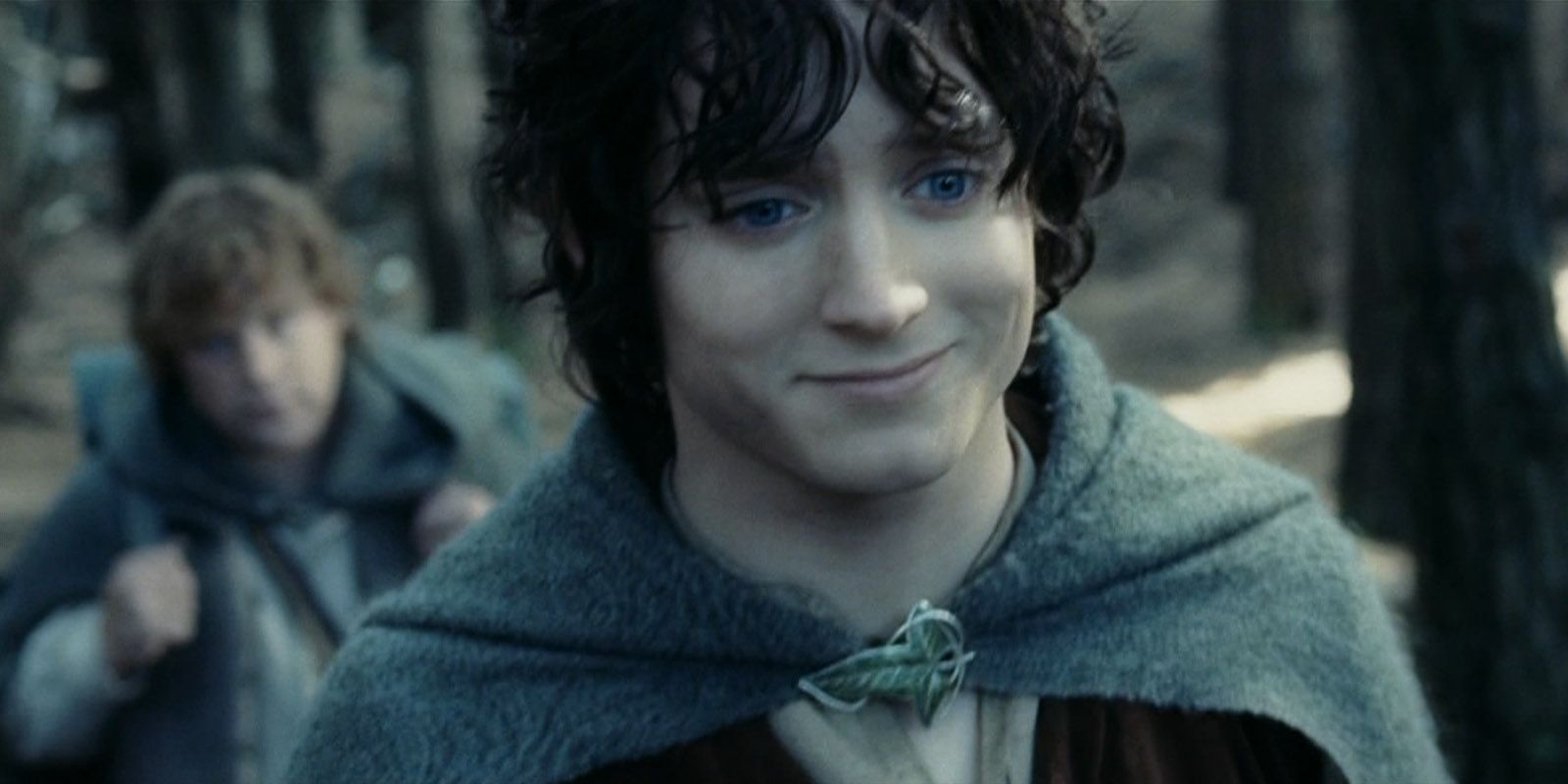
While the relationship between Sam and Frodo might seem to some like an endearing close friendship, there are actually some uncomfortable underpinnings between their relationship.
If you dig into the culture of Hobbits, Frodo is richer and in a higher class than Sam. In many ways, Sam sees himself as secondary to Frodo and often acts accordingly, and Frodo doesn’t always treat him that well. Yes, there is a lot more nuisance to their relationship and the themes of friendship in The Lord of the Rings, but it’s not unrealistic to see the problematic class structure.
A lot of the characters are sexist
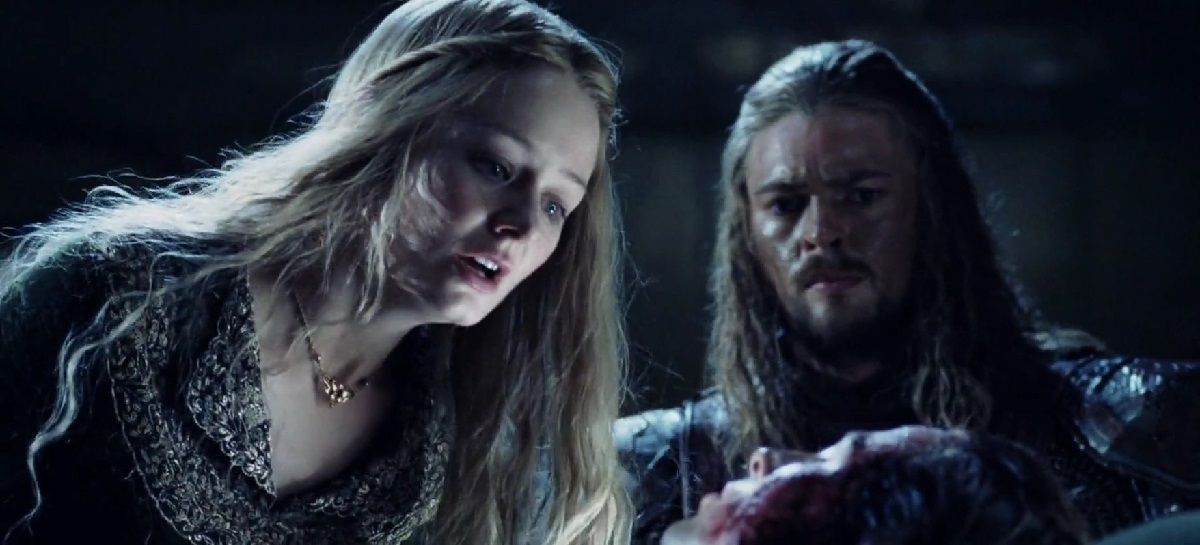
Given that the books were written in the 50s, it’s not surprising that it presents views on gender that seem really outdated today. While in some instances characters such as Eowyn go against gender roles in interesting ways, there’s also a lot of sexism.
Many characters, including her brother Eomer, express views that place women in very restrictive roles.
Arwen gives up her immortality for a man

While Arwen and Aragorn are considered by many fans to be quite romantic, and they are the main romantic relationship from the movies especially, there are some troubling dynamics at play here.
For Arwen to be with Aragorn, she has to accept that she will give up her immortal life as an elf. She is willing to do this, and she seems to have no other real goals in life except to be with him. It’s definitely a bit reductive and not the healthiest approach to a relationship.
Using fantasy races as a metaphor for real race relations
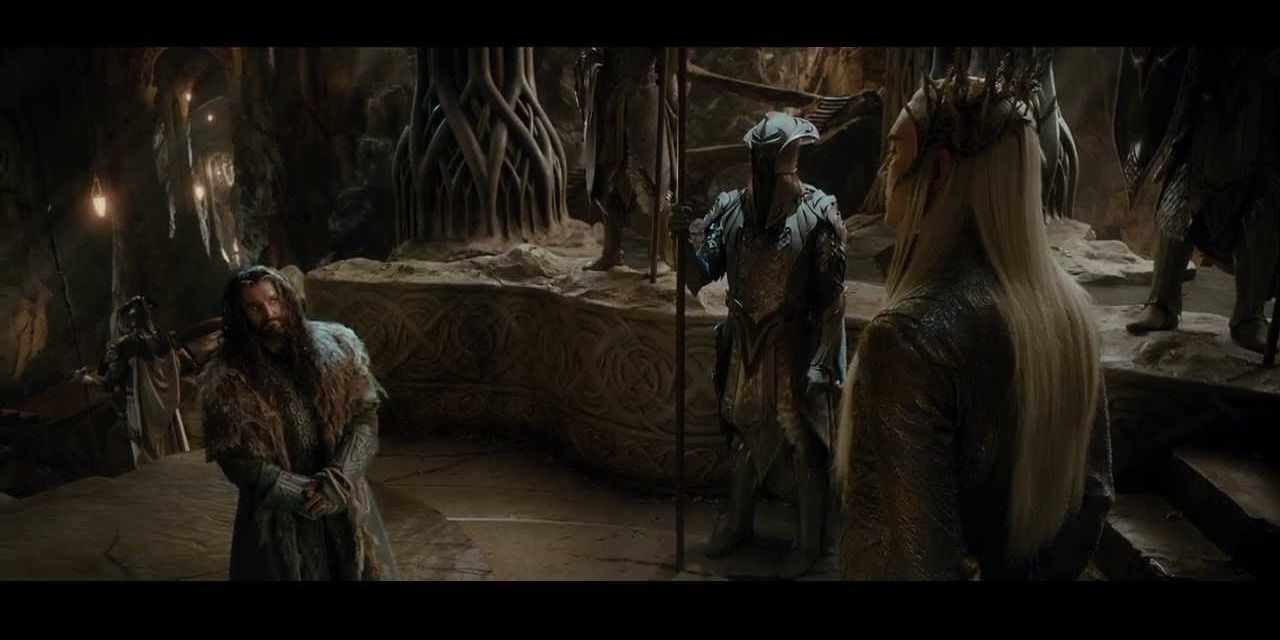
One problem that many fantasy and sci-fi series have is that metaphors for bigotry, especially when it comes to race, are used instead of actually addressing the problem in a more direct way.
While racial tensions between the elves and dwarves might seem fictional, they can tie into real-world racism, and the way this is handled isn’t the best.
The existence of orcs
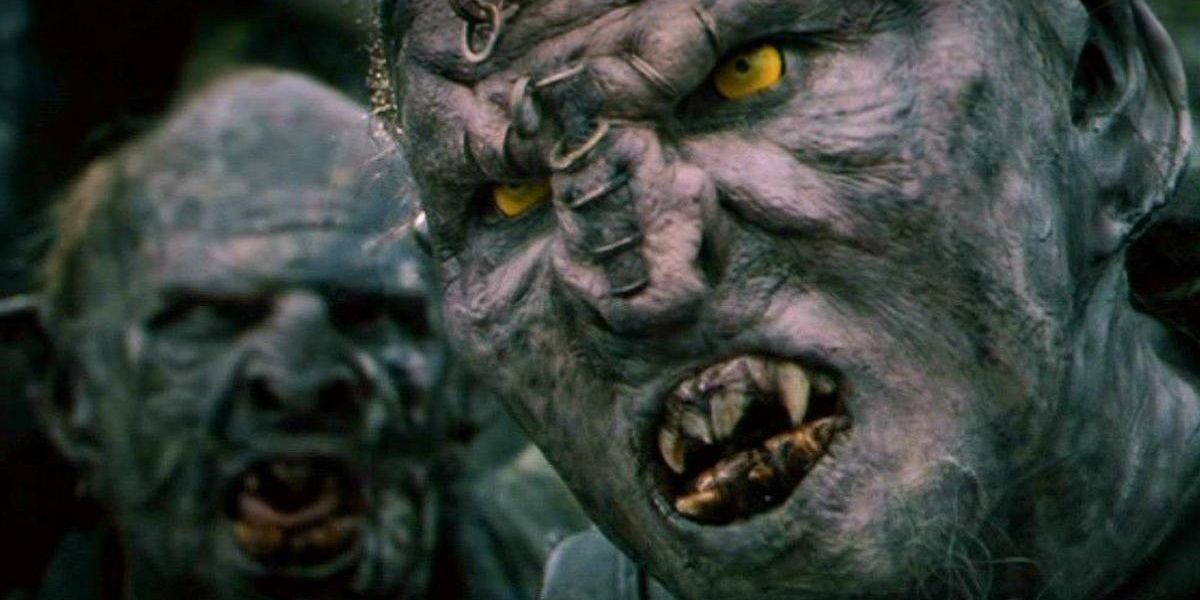
Going off of this idea, the very existence of orcs in the series, especially given how the legacy of orcs has been used, has some issues. They are presented as a race of beings that is purely evil, and they are given no autonomy or choice.
They are seen as purely monsters, and the words used to describe them are pretty loaded when you dissect them.
There isn’t any LGBT+ representation
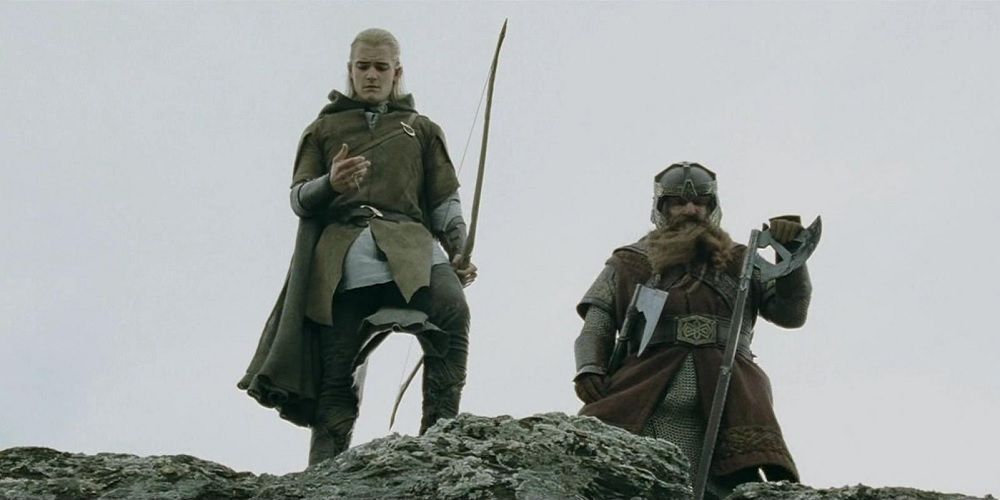
One again, this seems to be something that’s a major reflection of the time period in which J.R.R. Tolkien lived, but even the movies didn’t do anything to change this. In fact, even though The Hobbit trilogy was released as movies not that long ago, none of the films included any LGBT+ characters even on a side level.
It seems like the filmmakers had a real chance to include more diversity in the story, as they did change and add many things and even characters, so it’s a shame this didn’t happen. Even just as a side moment, especially considering the series cast many LGBT+ actors, this would have been great to see.
There are no female main characters
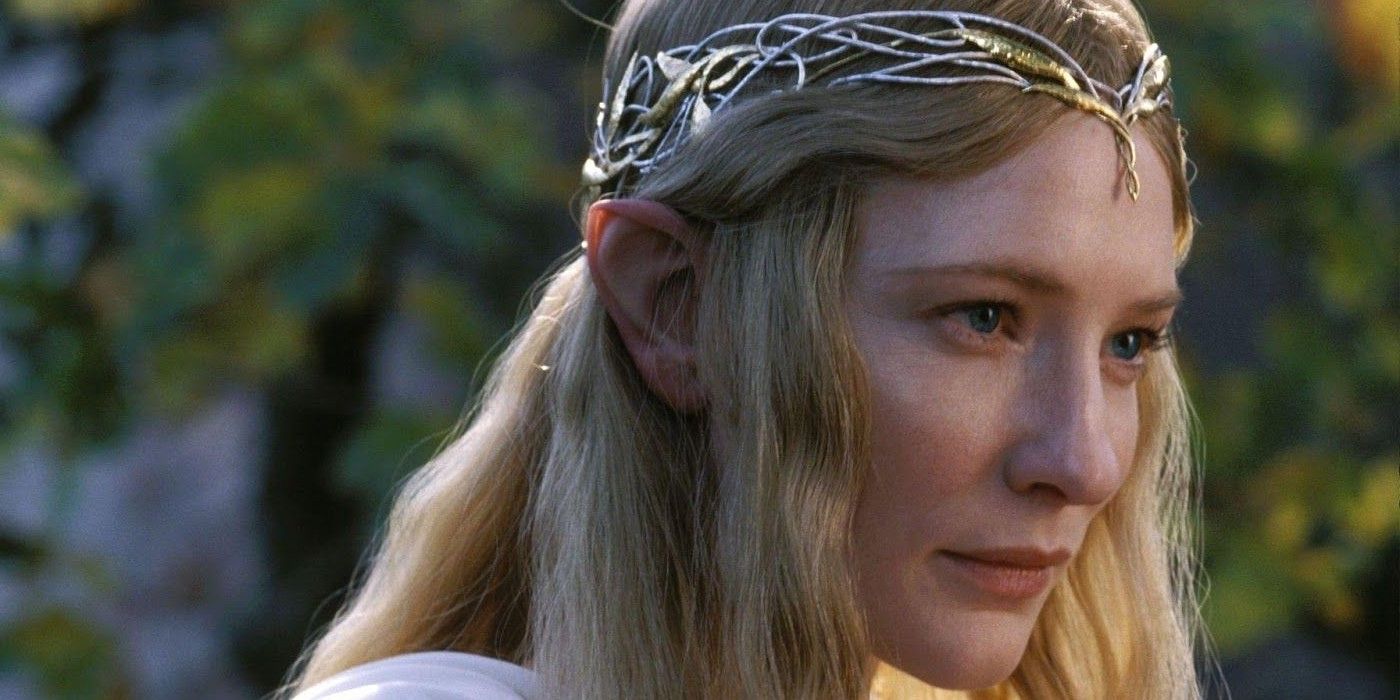
While Eowyn and Galadriel are too powerful and interesting women, they are mostly just minor characters, especially in the books. While the films did a good job of giving the few women from the story more screen time, they still could have done better.
Even in The Hobbit films where they included a new female character with Tauriel, she mostly just exists as a love interest and is given a tired, trope-filled love triangle storyline. So, while there might be slightly more room to forgive Tolkien, although still frustrating, it’s even more upsetting that the movies didn’t fix these issues.
The Haradrim people is full of harmful stereotypes
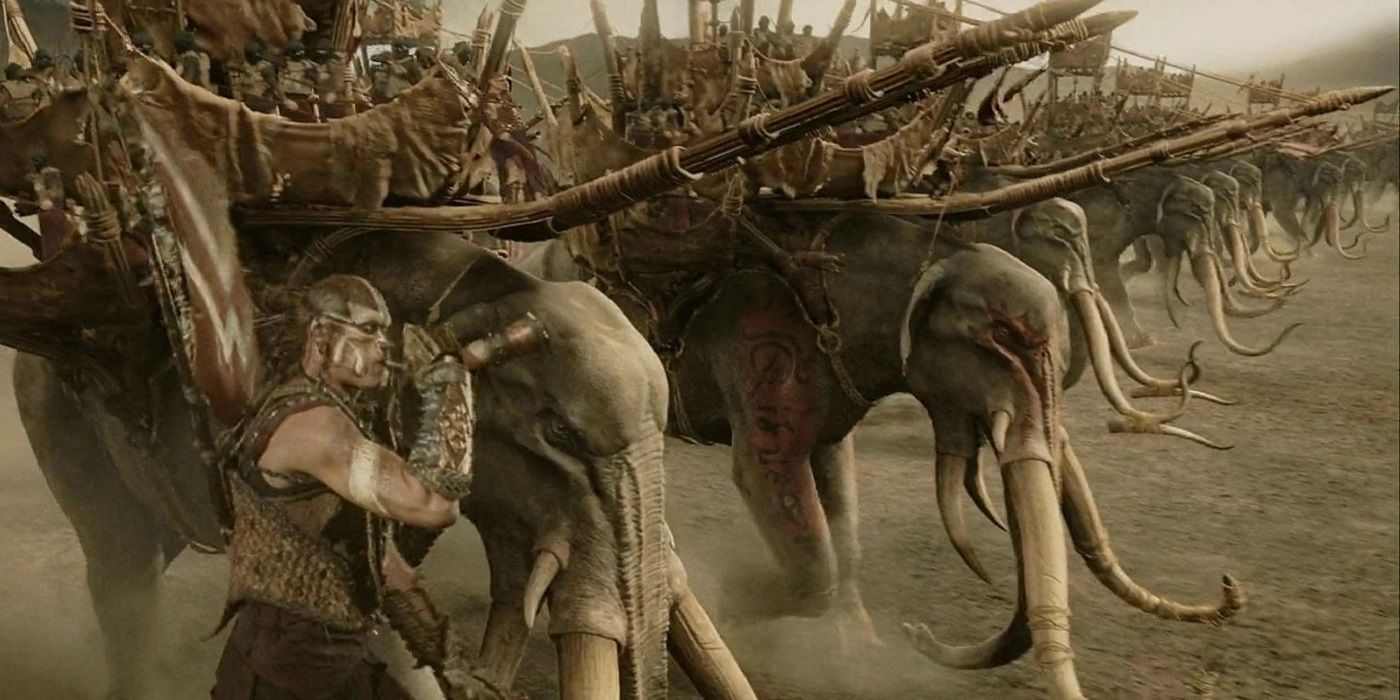
There are quite a few issues with race and representation when it comes to The Lord of the Rings, and some fans have pointed out that the Haradrim people seem based on some pretty outdated and troubling stereotypes.
While everyone in Tolkien’s Middle-Earth who is on the good side is based on European cultures, some of the bad people are not. The Haradrim seem to take stereotypes of Middle Eastern cultures, and the movies make this pretty clear, too. This is an area where the movies could have tried to update the source material.
There aren’t really any characters of color
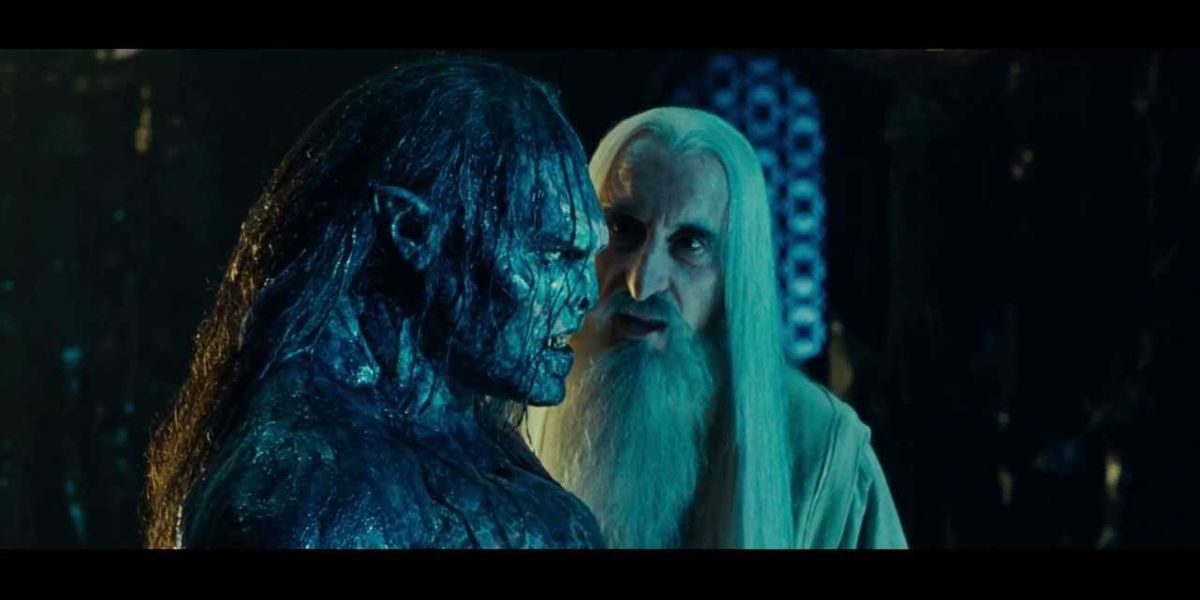
The biggest issue with The Lord of the Rings is that there are no characters of color who get named except for one. While a few of the orcs and extras were played by people of color, none of the other characters are of any race other than white.
This seems to be even more of a concern with the movies because there’s nothing in the series that says elves (or hobbits or dwarves or humans) had to only be white, but the filmmakers made this decision despite making the movies decades later. The fact that none of the six movies had a character of color in a speaking role, except for Lurtz the Uruk-Hai leader who was played by a person of color, is a huge concern. This is something that shouldn’t have happened.
